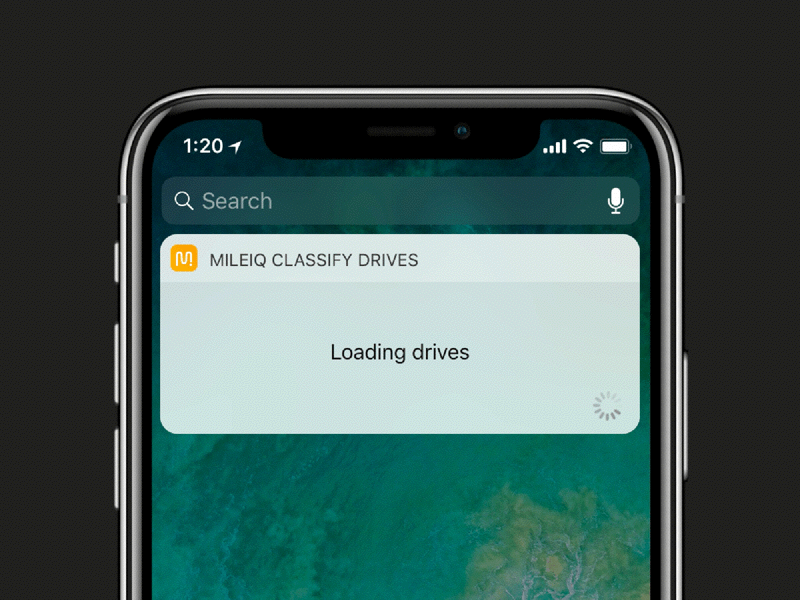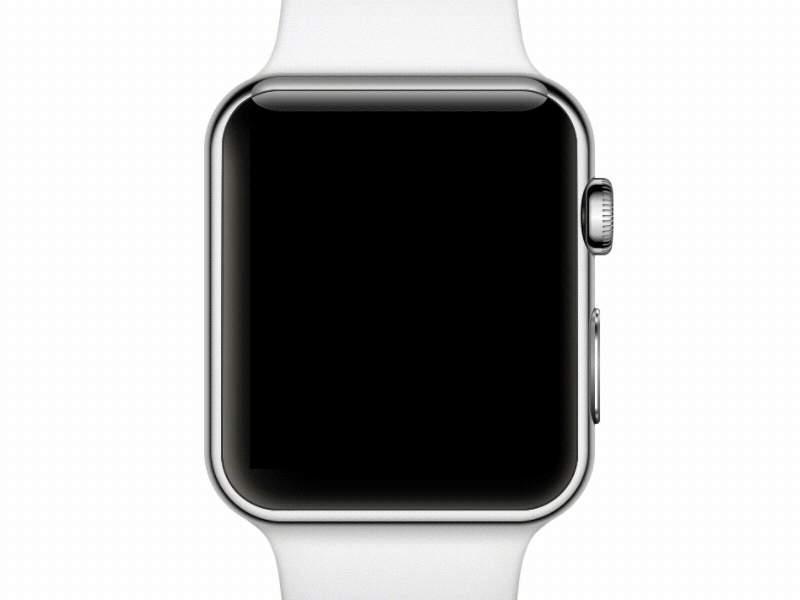
MileIQ automatically tracks and records your mileage in the background as you drive your car for business. MileIQ users save an average of $6,900 per year.
Scroll to see details
Overview
This is a case study to show the Product level problem and its solution by building features into the app.
My role: Lead Product Designer
Product & UX strategy
Design high impact features into the app.
Design systems for iOS & Android
Design reviews & sessions
Establishing healthy partnerships with cross functional teams.
Duration: 3years
High-level goal
Reduce work by increasing classified drives for MileIQ users.
Product level problem we are solving
Reducing manual work for tracking, expensing and reporting miles.

MileIQ User Journey
MileIQ Onboarding
The MileIQ onboarding is about welcoming our millions of users into the app and showcasing how simple MileIQ is to use. We hadn't revamped our onboarding experience since the app was created years ago, so this was our first move into an updated experience that can test and improve upon.
Swipe to classify
You can classify drives anytime by swipe left for Personal and swipe right for Business.
Bulk classify
The system learns about the patterns of drives and recommends classification.
Classify drives on widget
We created the iOS widget to improve productivity and reduce work for MileIQ users by providing the ability to bulk classify out of the app.
Classify drives on Apple Watch
Users can opt into notifications to classify after each drive via their Apple Watch. Classifying drives on the go and in the moment has never been easier.
Outcome
80% of drives are classified.
We shipped 30+ features in less than three years. Grew user base from 500K to 5M+. Made the MileIQ app smarter by building AI models.
UX writing credits: Melissa Santos | Photography credits: Erynn Hesler





